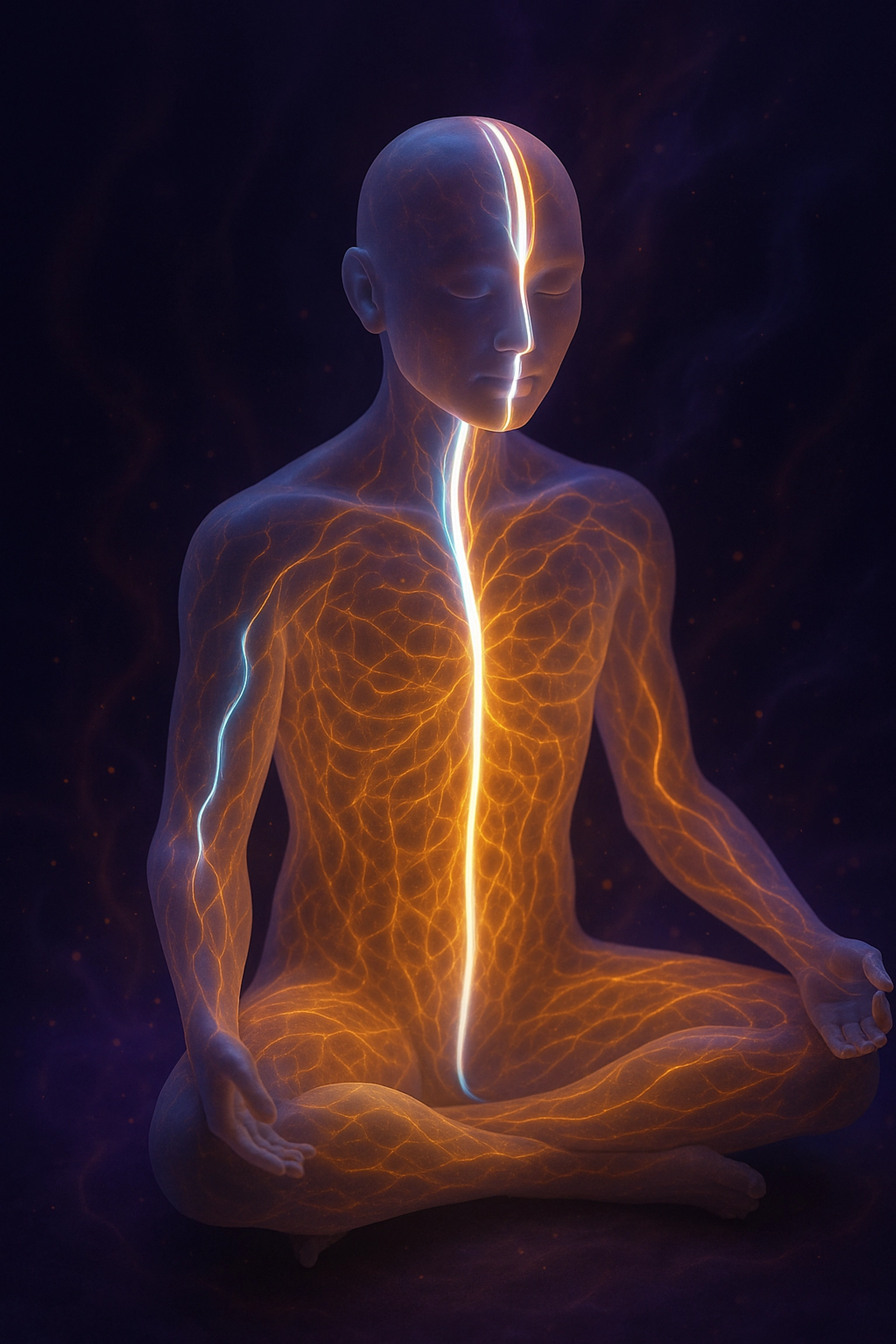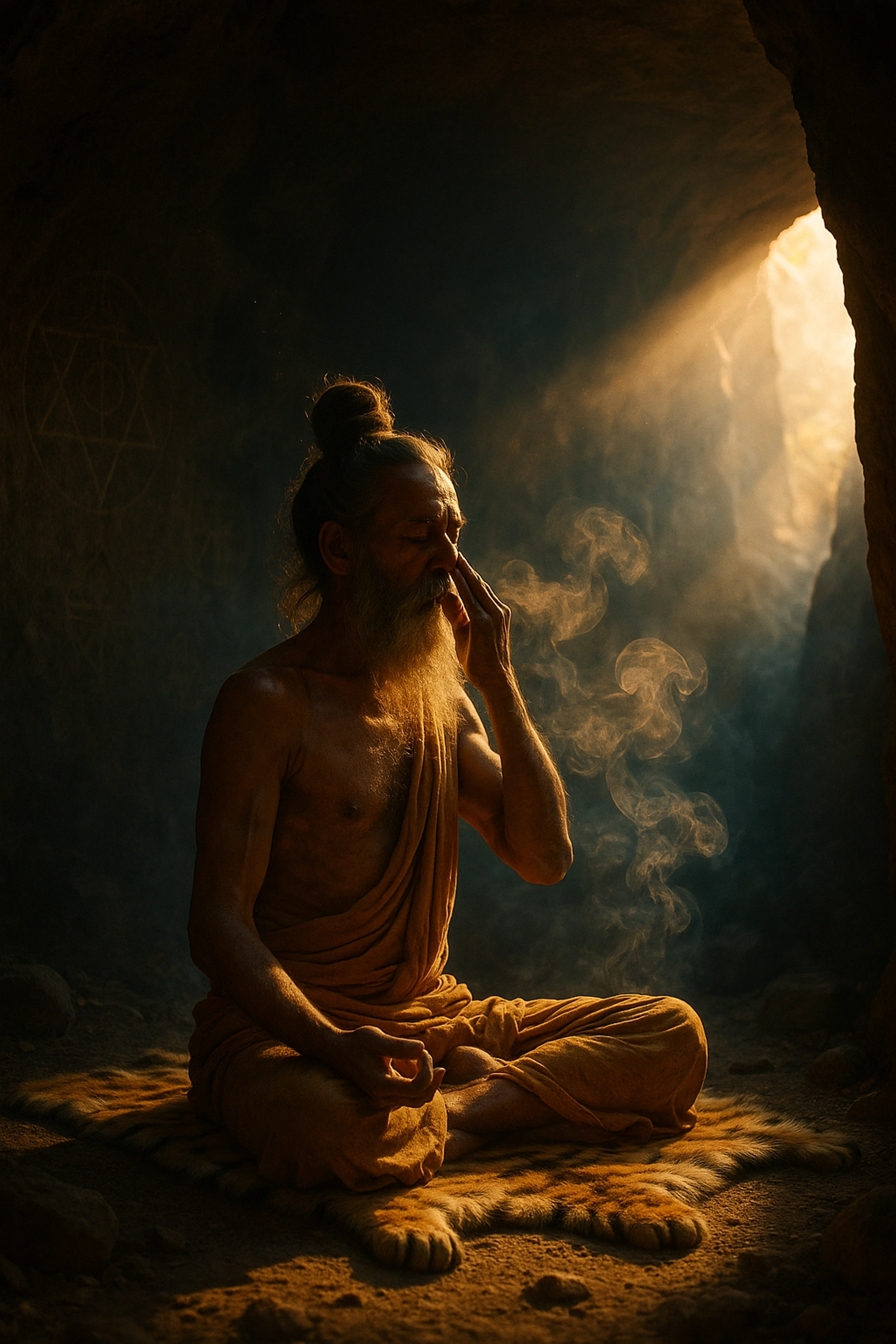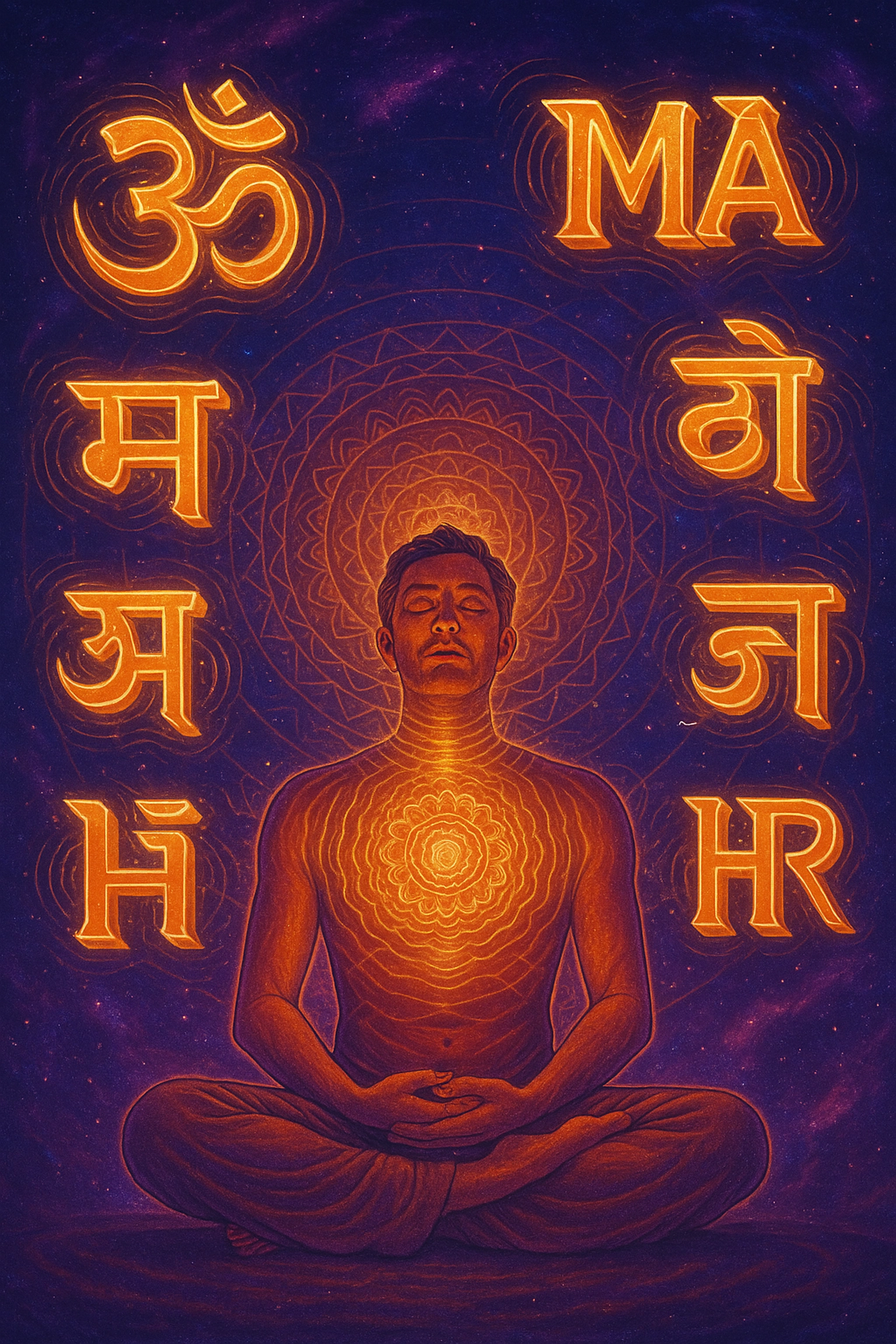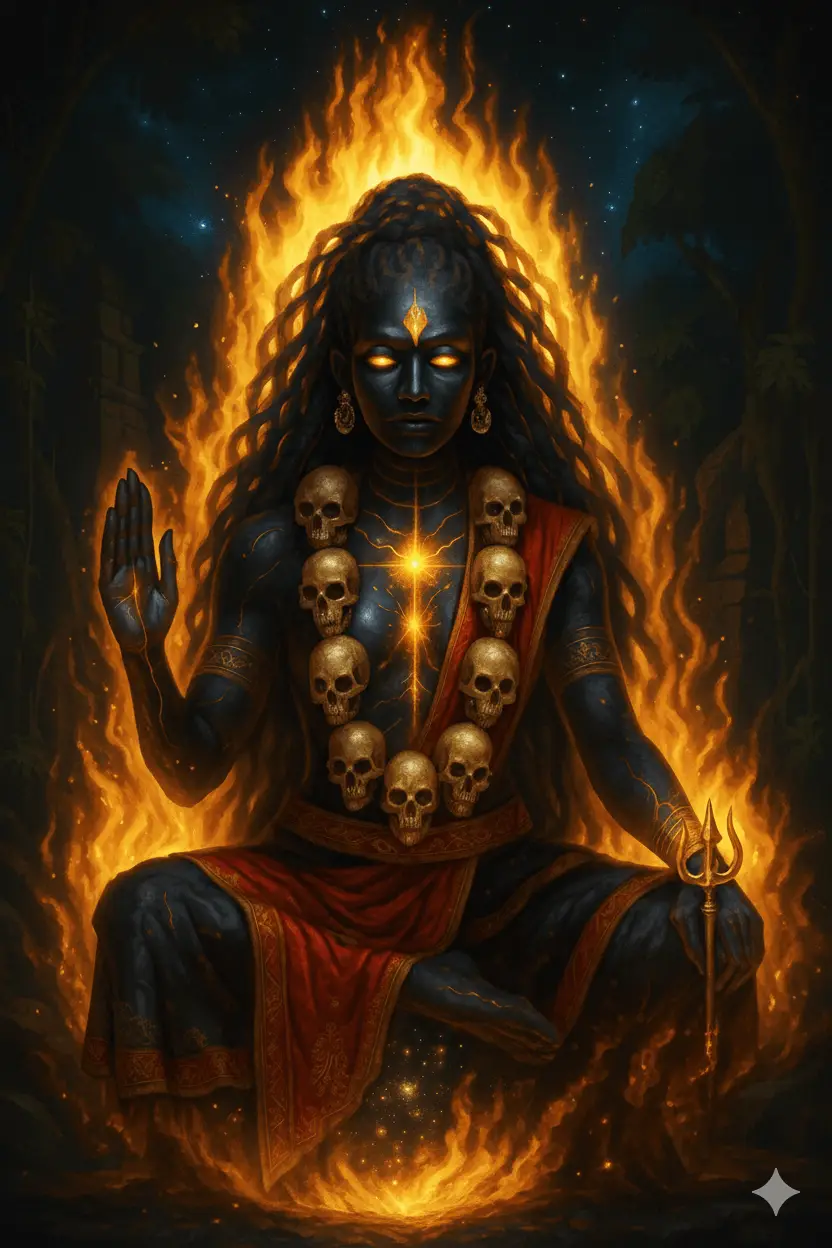Let's be honest – most modern tantra workshops are missing the point. While they promise spiritual awakening and deeper connection, many focus on superficial techniques or commercialized interpretations that barely scratch the surface of this profound ancient tradition.
Real tantric practice isn't about weekend retreats or feel-good exercises. It's a sophisticated spiritual path that's been refined over centuries, involving deep work with consciousness, energy, and the very fabric of reality itself. If you're serious about authentic spiritual growth, it's time to go back to the source.
Here are seven ancient tantric practices that offer genuine transformation – no workshop required.
1. Subtle Body Energy Work
Traditional tantra revolves around understanding and working with your subtle energy system. This isn't some New Age concept – it's a precise science that ancient practitioners spent lifetimes mastering.
The subtle body consists of energy channels called nadis, with over 72,000 pathways carrying life force throughout your system. The three main channels are the ida (lunar/feminine), pingala (solar/masculine), and sushumna (central channel). When energy flows freely through these pathways, especially the central channel, profound states of consciousness naturally arise.

Unlike workshop exercises that focus on physical sensations, authentic energy work requires developing genuine sensitivity to these subtle currents. Start by sitting quietly and sensing the natural flow of energy in your body. Notice areas of blockage or stagnation. With practice, you can learn to consciously direct prana (life force) through specific channels.
The goal isn't relaxation or stress relief – it's complete mastery over your internal energy flows to facilitate spiritual awakening. This takes years of dedicated practice, not weekend workshops.
2. Sacred Breathwork and Pranayama
Ancient tantric texts emphasize pranayama as a cornerstone practice for consciousness transformation. This goes far beyond simple breathing exercises – it's about manipulating the very fabric of life force energy.
Traditional pranayama techniques work with specific ratios, retention patterns, and energy locks (bandhas) to create precise effects on consciousness. The Vigyan Bhairav Tantra describes states of mystical ecstasy that are "completely free from any notion of location, space, or time" – states that can only be accessed through proper breathwork discipline.
Some powerful traditional techniques include:
- Bhastrika (bellows breath) for generating internal fire
- Nadi Shodhana (alternate nostril breathing) for balancing energy channels
- Kumbhaka (breath retention) for accessing deeper states of awareness
Each technique requires proper instruction and gradual development. The sophisticated pranayama practices of authentic tantra create measurable changes in brainwave patterns and consciousness states – something you can't achieve through simplified breathing exercises.
3. Mantra and Sound Practices
In traditional tantra, mantra isn't just chanting – it's working with the fundamental vibrations that create and sustain reality. Each sound carries specific energetic qualities that can directly influence your subtle energy system and states of consciousness.

Authentic mantra practice involves understanding the precise pronunciation, rhythmic patterns, and internal visualizations that accompany sacred sounds. Traditional mantras like Om Namah Shivaya or So Hum aren't just words – they're sound formulas designed to resonate with specific aspects of consciousness.
Advanced practitioners develop the ability to internalize these sound currents, using them to directly manipulate their energy flows and access non-ordinary states of awareness. This requires sustained practice and proper understanding of how sound affects consciousness – not just repeating words you learned in a workshop.
The goal is to become so absorbed in the mantra that the distinction between practitioner and practice dissolves entirely. This level of absorption opens doorways to profound spiritual experiences that go far beyond what's possible through casual chanting.
4. Sacred Text Study
Traditional tantric learning involves deep engagement with ancient texts like the Tantras and Agamas – dialogues between the divine principles of Shiva and Shakti that contain the core teachings of this path.
These texts use sophisticated symbolism and metaphor to convey spiritual truths that transcend ordinary language. They're not meant to be read casually – they require contemplation, study with qualified teachers, and integration through practice.

Some essential texts include:
- Vigyan Bhairav Tantra – 112 meditation techniques
- Spanda Karikas – the doctrine of divine vibration
- Pratyabhijna Sutras – recognition philosophy
- Kashmir Shaivism texts – advanced consciousness teachings
Unlike workshop handouts or simplified interpretations, these texts offer complete philosophical frameworks and practical instructions for authentic tantric practice. They require years of study to understand properly, but they contain wisdom that can transform your entire approach to spirituality.
5. Ritual and Ceremonial Practice
Authentic tantric ritual practices are elaborate, demanding ceremonies that serve as containers for consciousness transformation. These aren't symbolic gestures – they're sophisticated technologies for accessing non-ordinary states of awareness.
Traditional tantric rituals involve precise procedures, specific mantras, detailed visualizations, and sustained concentration over extended periods. They can be physically and mentally demanding, requiring significant preparation and proper training to execute effectively.
Elements of traditional ritual practice include:
- Puja (worship ceremonies) with specific offerings and invocations
- Yantra construction and consecration
- Mudra (sacred hand gestures) combined with visualization
- Nyasa (placement of mantras on the body)
These practices require understanding the symbolic meaning behind each action and the ability to maintain focused awareness throughout complex procedures. They're designed to dissolve the boundaries between practitioner and divine, creating direct experiences of unity consciousness.
6. Yantra and Mandala Work
Yantras and mandalas in traditional tantra are sophisticated maps of consciousness and energy patterns. They're not just pretty pictures – they're practical tools for focusing awareness and working with subtle energies.

Authentic yantra practice involves understanding the relationship between external geometric forms and internal energy structures. Each line, curve, and intersection corresponds to specific aspects of consciousness and energy flow within the practitioner.
Traditional yantras like the Sri Yantra contain multiple layers of meaning and can be used for:
- Meditation and concentration practices
- Energy generation and circulation
- Consciousness mapping and exploration
- Manifestation and transformation work
Working with yantras requires learning to visualize and internalize these sacred geometries, using them as doorways into deeper states of awareness. This is precise, technical work that takes years to master – not something you can learn in a workshop exercise.
7. Direct Teacher-Student Transmission
Perhaps most importantly, authentic tantric learning traditionally occurs through direct teacher-student relationships rather than group workshops or online courses. The transmission of these practices requires individual guidance, personalized instruction, and gradual initiation into increasingly sophisticated techniques.
A qualified teacher can assess your readiness for different practices, provide corrections to your understanding and technique, and guide you through the inevitable challenges that arise on this path. The relationship itself becomes part of the transformative process.
Traditional tantric transmission involves:
- Shaktipat – direct energy transmission from teacher to student
- Personalized practice instruction based on your specific needs
- Gradual unveiling of more advanced techniques as you develop capacity
- Direct pointing-out instructions for recognizing your true nature
This apprenticeship model ensures practices are learned safely and correctly, with proper foundation building before advancing to complex methods. It's the opposite of the one-size-fits-all approach of workshops.
The Real Path Forward
These ancient practices represent complete spiritual paths that require genuine commitment and sustained effort. They offer profound transformation for those willing to engage them with the seriousness and dedication they deserve.
Instead of seeking quick fixes through weekend workshops, consider finding authentic teachers and committing to the long-term journey these practices require. Your spiritual development deserves nothing less than the real thing.
The authentic tantric path isn't easy, convenient, or quick. But for those ready to do the work, it offers possibilities for consciousness transformation that go far beyond what any workshop can provide.



